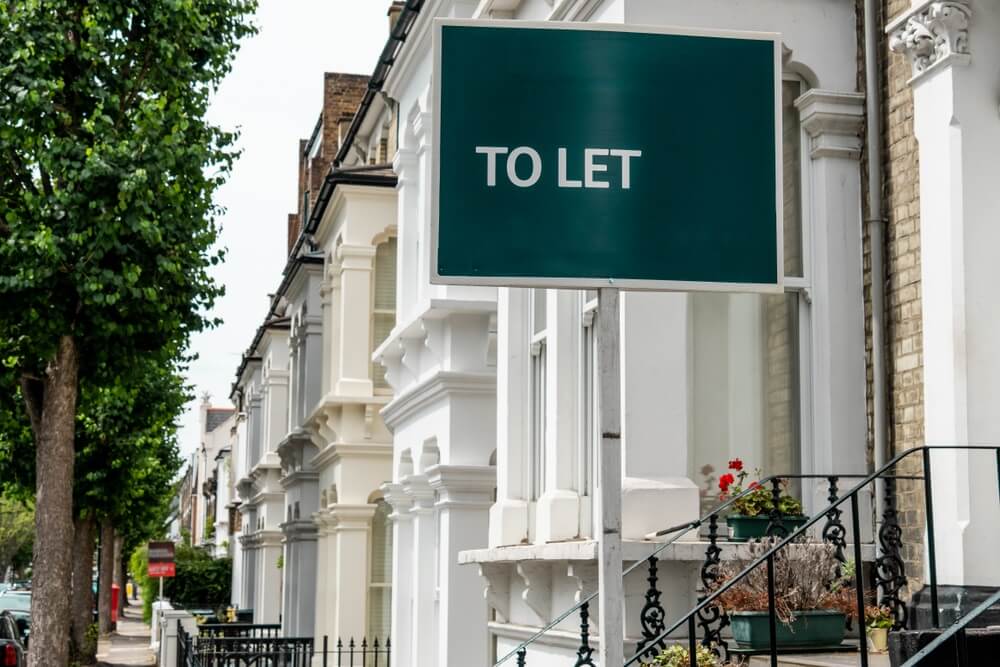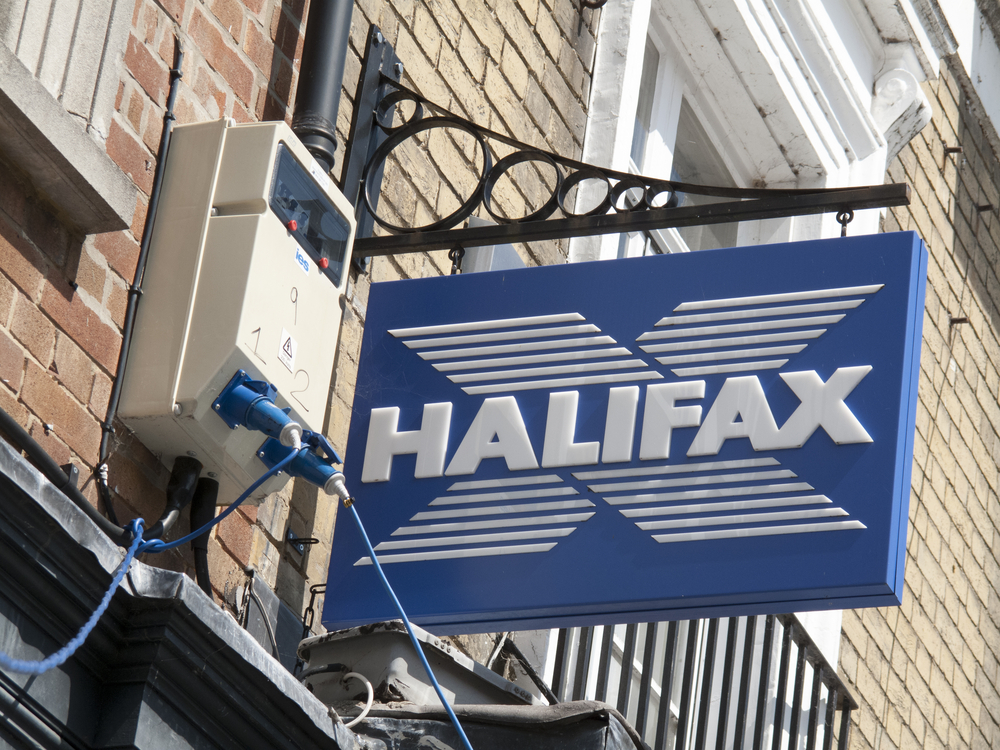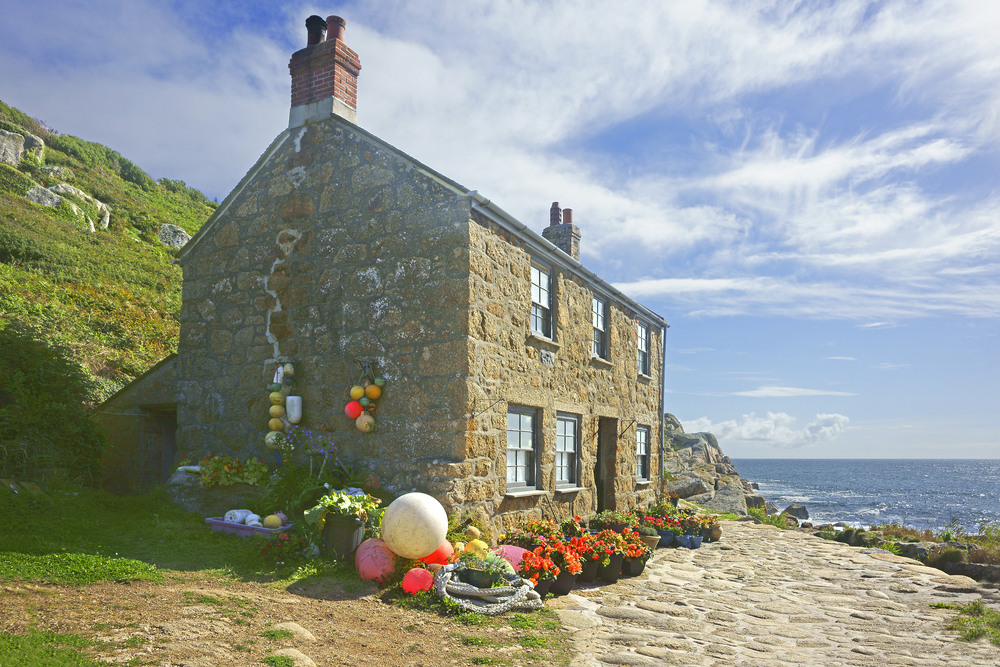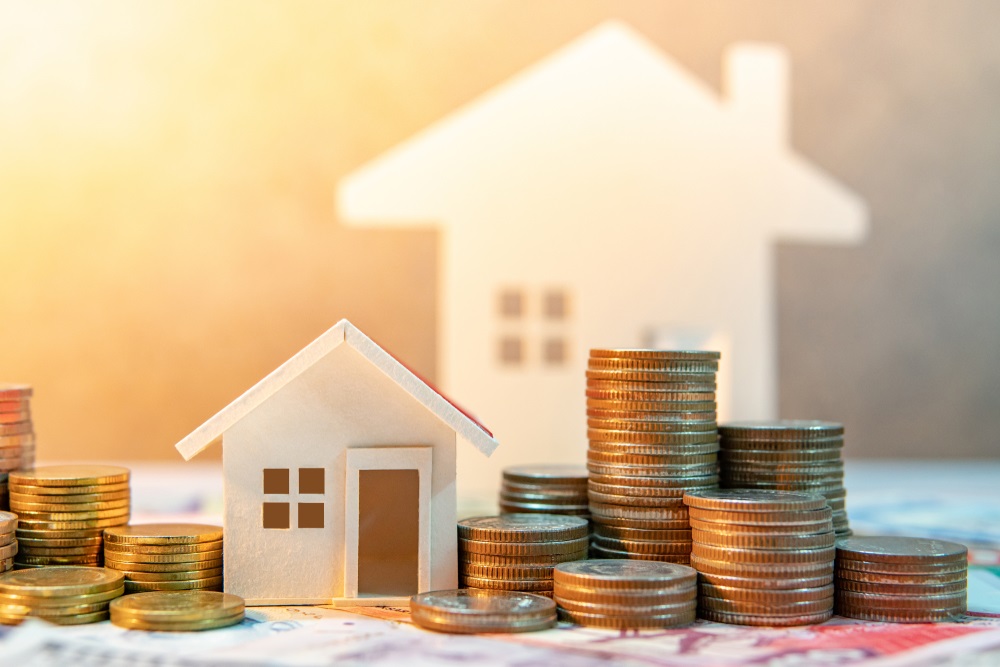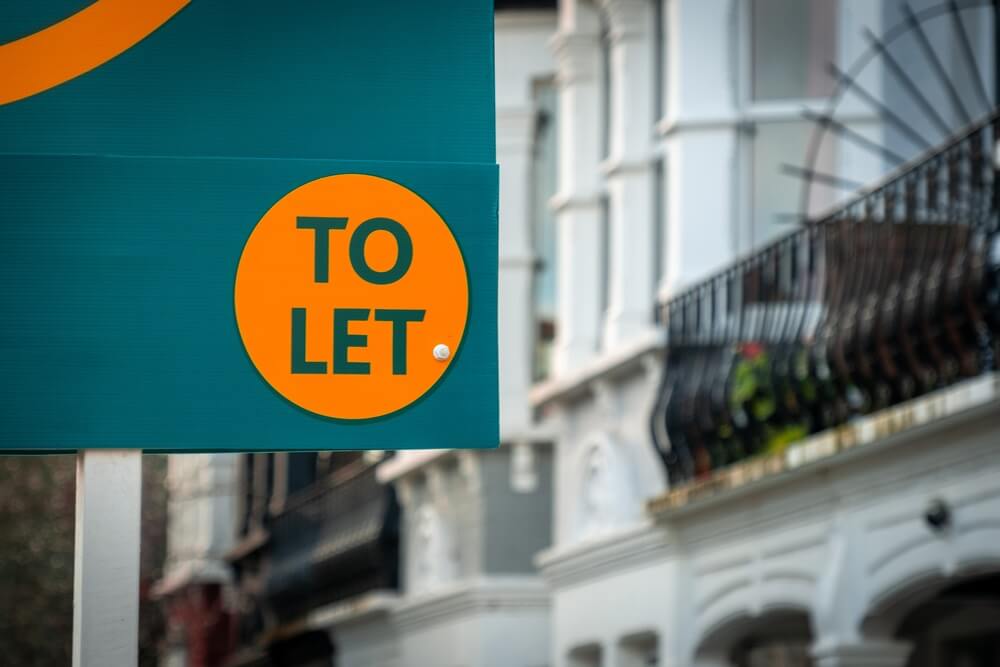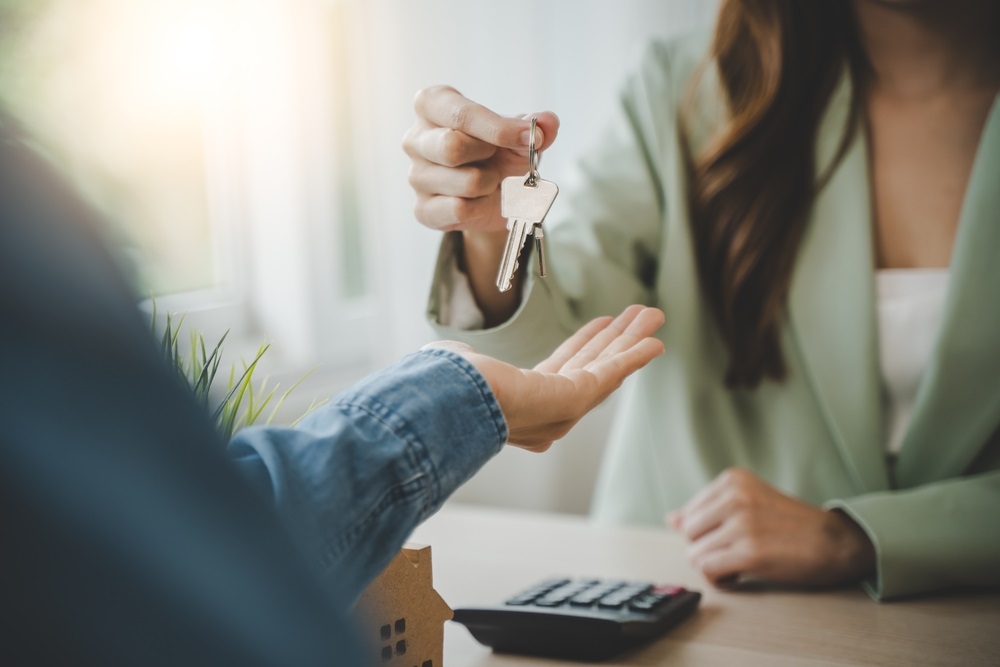Up until last summer house prices seemed unstoppable. Buy-to-let investment, where you buy a property specifically to rent it out, seemed a great way to cash in on this success. You simply put down a relatively small deposit on a property, rented it out and used this money to pay the mortgage and any other costs. Then hey presto house prices continued their relentless uphill climb and in a very short time you had a whopping great paper profit to show for your foresight.
So successful was this approach that buy-to-let lending soared. Ten years ago there were 29,000 buy-to-let mortgages and by the end of June 2007 there were 938,000 mortgages accounting for nearly 10% of all mortgage lending according to the Council of Mortgage Lenders.
Traditionally, buy-to-let has been seen as an investment which can provide you with a regular income and any increase in the value of your property is the icing on the cake. But rising house prices have attracted many new investors into this market with many relying on the rise in house prices rather than the rental income to make their fortune.
This all works very well when house prices are rising fast, but as prices stabilise, any new buy-to-let property has to pay its way, says Rob Clifford of national broker, Mortgageforce.
Those new to the buy-to-let market should bear in mind that capital growth from increasing house prices is unlikely to be very exciting for the next couple of years, making it all the more important to ensure you’re getting a good rental yield. Many amateur landlords get blinded by a potential capital gain in terms of the property value and don’t pay enough attention to making their investment pay for itself on a monthly or annual basis, he says.
Calculate your mortgage repayments here
Rents have been rising but house prices have risen more sharply so that rental yields have been falling.
According to the Association of Residential Letting Agents (ARLA), average rental yields are now around 5% whereas in the past they have been as much as double this. So new landlords are having to pay higher prices for properties and the amount of rent they can charge has not increased by the same amount.
Falling rental yields and rising mortgage, maintenance and insurance costs, have all eaten into profits so that some landlords are now struggling to achieve any positive yield at all. So if you want to be successful at buy-to-let you need to look closely at how much income a property can generate for you, says Malcolm Harrison, spokesman for ARLA.
The more experienced buy-to-let investors with larger portfolios, are looking primarily for rental income because buy-to-let is a business. Capital appreciation in the value of their properties comes into it but income is probably paramount, says Malcolm Harrison, spokesman for the Association of Residential Letting Agents (ARLA).
Find your ideal house, flat or apartment here
While landlords may be cautious at present, this does not mean things will not pick up says Ray Boulger of independent mortgage adviser John Charcol.
I wouldnt rush into buy-to-let but it could be a good time later this year. Rents are going up by around 5% a year and property values are likely to be lower in the second half of the year so if you have the funding available it could be a good time to buy.
Be in a position to put in a cheeky bid if you see something you like as there are also likely to some distress sellers if prices are falling, he says.
If you are thinking of going in for buy-to-let you will need a fairly hefty amount of cash to start off with. As well as putting down a deposit on any property, typically 15%, you will also need a cash to see you through any periods when your property is not rented out and to cover maintenance costs and emergency expenses such as a broker boiler.
If you have a tenant who does not pay you will have to cove the mortgage repayments yourself. You need a financial buffer to cover this loss and any other major expenses, say the equivalent of six months rent.
If you are stretched and cannot manae this then you should not be doing buy-to-let, says Debbie Boyes of Debbie J Boyes Professional Mortgage Advisers.
You need to work out all your initial and ongoing costs. Initial costs include your deposit on a property, mortgage arrangement fees, decorating and furnishing the property and tenancy agreement fees.
Ongoing costs include mortgage repayments, maintenance fees, service charges, ground rent, insurance costs, letting agent fees, periods when the property is not let out and wear and tear on the property. Work out how much it costs you to run the property and if the rent will more than cover this.
Buy-to-let mortgages
Lenders do not offer standard mortgages on property you plan to let out. You have to take out a buy-to-let mortgage. Fixed-rate and tracker deals are usually available. Many first-time investors opt for fixed-rate deals as they like the certainty of knowing what their repayments will be for a set period of time. But trackers are increasingly popular as further cuts in interest rates are expected.
The amount you can borrow is based on the expected rental income from your buy-to-let property and your lender may want a letter from a letting agent to confirm this figure. Three years ago you typically needed rental income to cover 130% of the mortgage payments. So if your mortgage was £1,000 a month the monthly rental income would have to be at least £1,300. Increased competition and confidence in this market saw this figure fall so that some lenders were asking for just 100% rental cover. But problems in the US housing market has resulted in UK lenders tightening their lending criteria and such low rental cover is rare. Among the few who may still offer 100% rental cover are BM Solutions and Alliance & Leicester.
Typically lenders offer up to 85% of the purchase price of a property, known as the loan to value (LTV).
Some lenders will lend more but again the credit crunch is making this increasingly rare. For example, Northern Rock used to offer up to 90% LTVs but is has cut back to 75%. A few lenders still offer 90% LTVs, such as Salt, The Mortgage Works, Bristol & West and Bank of Ireland.
Some lenders restrict the amount of lending they will allow you to have in the buy-to-let market. For example, Coventry Building Society will only give you up to three buy-to-let mortgages and then only if you have no more than 10 buy-to-let properties in total.
Interest rates on buy-to-let loans are similar to those for standard residential mortgages although you may have to pay a slight premium. Rates are often tiered so expect to pay more if you want a high LTV or if the expected rental income from the property only just covers the cost of the mortgage.
Where you are likely to pay more for a buy-to-let mortgage is on the arrangement fee says Debbie Boyes of Debbie J Boyes Professional Mortgage Advisers.
The lender may charge a flat fee but it tends to be a percentage of the amount you borrow and can be up to 3% or more. Percentage fees are usually higher for buy-to-let mortgages and not so easy to avoid as with a residential mortgage, she says.
The more attractive interest rate deals tend to charge a higher arrangement fee as do high LTV deals.
Insurance
If you buy a leasehold flat the freeholder will probably arrange the buildings insurance. If not, you will have to do this yourself. Make sure your policy covers buy-to-let properties.
If you are furnishing the flat or providing white goods you might want to take out contents insurance.
This is usually more expensive for a buy-to-let property than for your own home.
You can also take out rent guarantee insurance policies which provide cover against tenants not paying their rent and usually cover legal expenses if you have to take tenants to court. Some policies guarantee your rental income for a fixed per
iod, typically six or 12 months, and will cover the rent if there is a gap between getting rid of bad tenants and re-letting your property. Premiums vary and are either a fixed price or a percentage of the annual rent, typically 3% to 4%
Letting Agents
Many buy-to-let investors like to use a letting agent to manage their property. Indeed, some lenders insist upon this. As well as collecting the rent, a letting agent can help you make up an inventory before you rent out your property, draw up an appropriate tenancy agreement, find tenants for you and deal with maintenance issues such as arranging plumbers or electricians when necessary. Charges vary depending on the type of service you require but expect to pay around 15% of the gross rental income. Make sure you choose a reputable agent such as a member of ARLA.
Tax
Rental income is taxable and will be added to your other taxable earnings when you are assessed for income tax. But there are a number of expenses which you can offset against your rental income. For example, mortgage interest charges, mortgage arrangement fees and any genuine expenses such as letting agency fees, insurance, service charges, repairs while the property is occupied and up to 10% wear and tear on furnishings are tax allowable and can reduce your tax bill.
Rental Yield
You may not be able to predict how house prices will perform but you can work out the rental yield on your property. This is what you can expect to receive in rent expressed as a percentage of how much you paid for the property. Put another way, this is the annual rate of return on how much you paid for the property excluding costs and any capital appreciation.
For example, if you paid £100,000 for a property and the monthly rent is £500 or £6,000 a year then the gross rental yield is 6%.
(6,000/100,000) x 100 = 6% yield
But if the property cost you £200,000 the yield would be just 3%.
(6,000/200,000) x 100 = 3% yield
It is important to remember this is a gross figure so you have to take away your costs from this figure, such as mortgage repayments, maintenance charges etc to work out how much profit you are making.
How to calculate the gross rental yield return on your investment This figure tells you how much the rent represents as a gross return on your cash investment, not on the amount you actually paid for the property.
Example
You buy a property for £100,000. You put down a £20,000 deposit and talke out a £80,000 buy-to-let mortgage. Your purchase costs, such as solicitors fees and insurance are £2,000. You have an interest-only mortgage with an interest rate of 5%.
Annual repayments = £80,000 x 5% = £4,000 Monthly repayments = £4,000/12 = £333
The rent is £500 a month.
Your gross profit would be:
£500 rent – £333 mortgage = £167 gross profit per month
£167 x 12 = £2,004 gross profit per year
You can then calculate the yield value as follows:
Amount invested to far = £22,000 (deposit plus costs)
Annual gross profit = £2,004
(£2,004/£22,000) x 100 = 9.1% yield value on the amount of cash you invested.
So you are getting a 9.1% annual return on your £22,000 cash investment. This figure is before monthly/annual costs for maintenance and repairs etc and assumes the property is let for 12 months of the year. Any rise in the value of your property is also not included in the figure.










 Buy-to-let
Buy-to-let